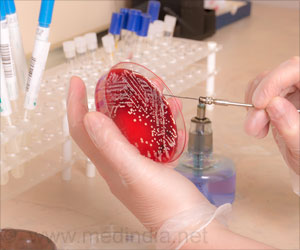
‘Extracts of chestnuts cut off the communication between bacterial cells that help them in being toxic and causing skin infections. The triterpenoid groups of the plant work behind this and help repair skin faster.’
Tweet it Now
Centers for Disease Control and Prevention declared this bacterium a "serious threat" in 2019. The path to discovery
Cassandra Quave, associate professor in Emory's Center for the Study of Human Health with her colleagues, discovered that the extracts of European or sweet chestnut trees help inhibit even the hyper-virulent MRSA strains that cause skin diseases in athletes. The extracts cut off the communications between those bacterial cells, a process known as quorum sensing. They published their findings back in 2015 regarding this powerful anti-bacterial value of chestnuts.
For the current research, the team wanted to extract the particular component that helps inhibit the bacteria. The major problem they've faced is to extract the plant components for each of the chemical analyses. The process is laborious, and to automate this process via equipment, there will be a huge demand for money.
Marco Caputo, a research specialist in their lab, collaborated with them. He coupled the software device from a child's toy with some store-bought hardware components to build customized equipment that satisfies their needs.
Advertisement
Triterpenoids-The hidden heroes in chestnuts
Advertisement
Further analyses of the compounds revealed that 'Castaneroxy A' is the superactive molecule in this group. The team performed some tests on the skin of MRSA-infected mice and confirmed the efficacy of the molecule in fighting against the superbugs and healing the skin faster.
Quave concluded, "Instead of being overly concerned about treating the pathogen, we're focusing on ways to better treat the patient. Our goal is not to kill the microbes but to find ways to weaken them so that the immune system or antibiotics are better able to clear out an infection."
Source-Medindia









